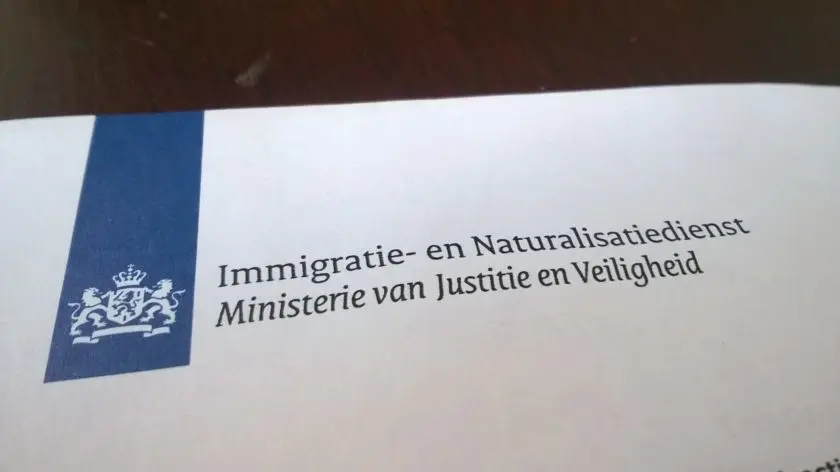
The IND will make a decision whether or not to grant you a residence permit
Share on social media:
The IND decides during the (extended) asylum procedure whether you are allowed to stay in the Netherlands or not. Read here what happens if you do receive an asylum residence permit. Or what you can do if the IND rejects your asylum application.
The IND approves your asylum application
You get a letter saying your asylum application has been approved. You will receive an asylum residence permit. This is valid for 5 years from the date you applied for asylum.
After five years, you can apply for a permanent asylum residence permit.
You will not get an asylum residence permit or not right away
You will receive a letter from the IND stating that the IND intends to reject your asylum application. This letter is called a 'proposal'. The letter contains the reasons for rejection and the consequences for you. You will discuss this letter from the IND with your lawyer. In the general asylum procedure, your lawyer has 1 day to respond to the IND in a letter. In the Extended Asylum Procedure (VA), your lawyer has 4 weeks to do so. This letter from your lawyer is called the 'zienswijze' (standpoint).
Based on the standpoint, the IND will decide whether the 1st decision needs to be modified. The IND then makes a final decision. This is called a 'beschikking'. The IND may still reject your asylum application. It is also possible that the IND will approve your asylum application after the standpoint.
These are your options if your asylum is rejected
The IND continues to believe that you are not entitled to an asylum permit. You will receive (via your lawyer) a letter from the IND stating that the IND rejects your application for asylum and that you must return to your country of origin. It also states why the IND has decided this. And what the consequences are. And what you can do if you disagree with the rejection. This letter also states what possibilities there are for returning to your country of origin.
Appeal against the IND You can appeal in consultation with your lawyer. This means that you officially report to the court that you disagree with the decision of the IND. After your report, the court will investigate whether the IND has properly implemented Dutch law when deciding on your asylum application. You can often wait in the Netherlands for the court's decision.
Appealing the IND's decision
This page tells you how to appeal the IND's decision. Returning to your country of origin If the IND rejects your asylum application, you may no longer stay in the Netherlands and must return to your country of origin.
More information about assistance with returns
You decide whether or not you want to return to your country of origin. You can read more about independent return on this page. Filing a new asylum application After rejection, you may reapply for asylum. But you can only do so if you cite new facts and circumstances. For example, because something has changed in your country of origin. Or in your personal situation. Get advice from your lawyer or from your contact at